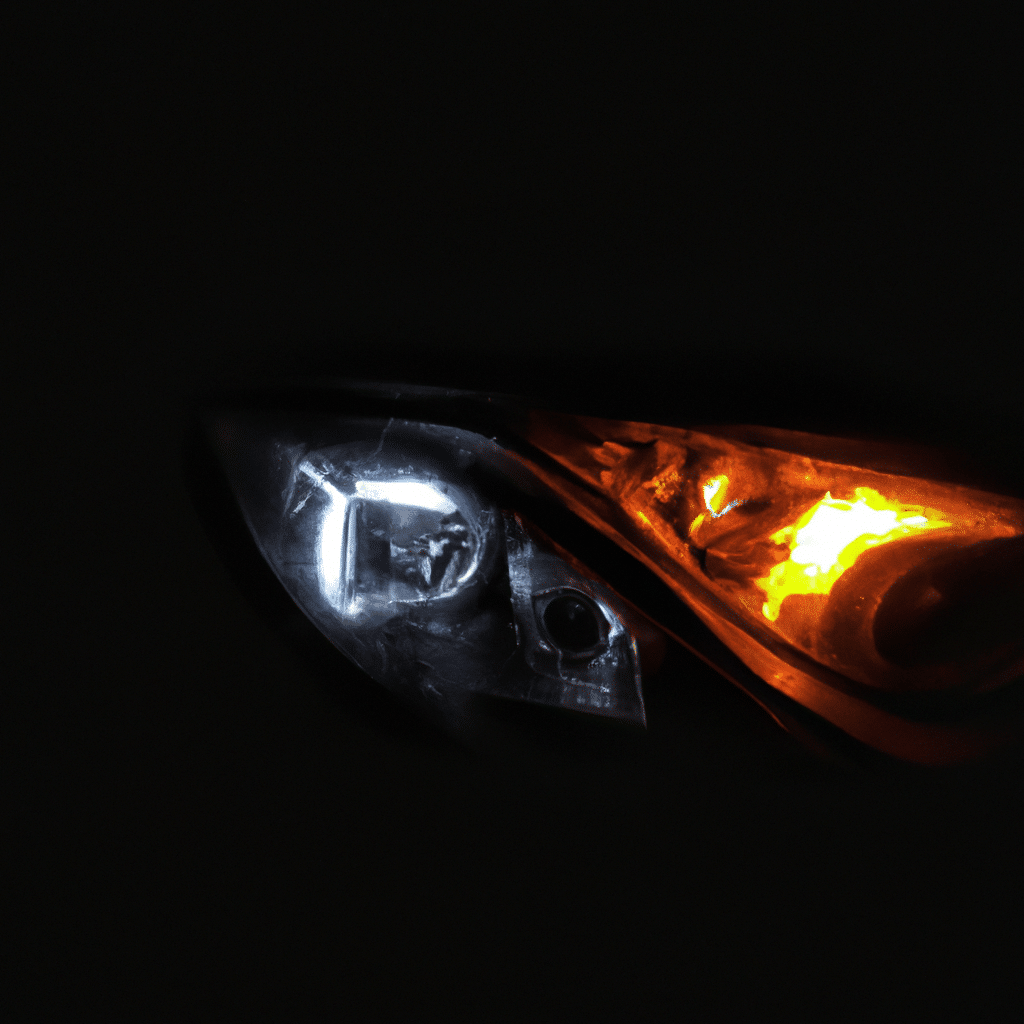We understand the importance of a well-functioning lighting system for your home or business. LED lighting has become increasingly popular due to its energy efficiency and long lifespan. However, many people encounter issues with flickering lights and dimming problems after LED installation. In this article, we will explore the hidden pitfalls of LED installation and provide you with valuable tips on how to avoid these issues.
Understanding LED Technology
Before delving into the potential problems, let’s first understand how LED technology works. Unlike traditional incandescent bulbs, LEDs (light-emitting diodes) use semiconductors to convert electricity into light. This technology offers numerous benefits such as energy efficiency, durability, and versatility.
LEDs are designed to operate with direct current (DC) power, which means they require a power supply to convert the alternating current (AC) from your electrical system. This conversion process can sometimes lead to flickering lights or dimming problems if not properly addressed.
The Causes of Flickering Lights
Flickering lights can be a frustrating issue, causing discomfort and potential eye strain. There are several common causes of flickering lights after LED installation:
1. Incompatible Dimmer Switches
One of the primary causes of flickering lights is the use of incompatible dimmer switches. LED bulbs require dimmer switches specifically designed for LED lighting. Traditional dimmer switches meant for incandescent bulbs may not be compatible, leading to flickering or even complete failure of the lights.
To avoid this issue, ensure that you install dimmer switches that are explicitly labeled as compatible with LED lighting. These switches are designed to deliver the appropriate amount of power and voltage regulation needed for smooth dimming without flickering.
2. Low-Quality LED Bulbs
Using low-quality LED bulbs can also contribute to flickering lights. Cheaper LED bulbs may have inconsistencies in their design or manufacturing, leading to unstable performance. It is crucial to invest in high-quality LED bulbs from reputable manufacturers to ensure reliable and flicker-free lighting.
When purchasing LED bulbs, look for those that are Energy Star certified or meet equivalent standards. These certifications ensure that the bulbs undergo rigorous testing and meet quality standards for flicker-free performance.
3. Inadequate Power Supply
Insufficient power supply can cause flickering lights. If your electrical system is not providing a stable and consistent power flow, it can result in LED flickering issues. This can happen if the electrical circuit is overloaded or if there is a problem with the wiring.
To address this problem, it is recommended to consult a licensed electrician who can assess your electrical system and make any necessary adjustments or repairs. A stable power supply is crucial for the smooth operation of LED lights.
Resolving Dimming Issues
In addition to flickering lights, dimming issues can also occur after LED installation. Dimming problems can manifest as lights not dimming smoothly or not dimming at all. Here are some potential causes and solutions for dimming issues:
1. Incompatible Dimmer Switches
Similar to flickering lights, dimming issues can arise from using incompatible dimmer switches. Ensuring that you have the correct dimmer switch designed for LED lighting is essential for proper dimming functionality.
2. Insufficient Load
If your dimmer switch is designed to work with a specific minimum load, such as a certain number of LED bulbs, not meeting that requirement can result in dimming problems. LED bulbs have lower power consumption compared to incandescent bulbs, so you might need to add additional LED bulbs or use a compatible load adapter to meet the minimum load requirement of the dimmer switch.
3. Wiring and Circuitry
Issues with wiring and circuitry can also cause dimming problems. Loose or faulty connections may disrupt the power flow and affect the dimming functionality. It is crucial to ensure that all wiring connections are secure and properly installed.
If you are unsure about the wiring or circuitry, it is recommended to consult a professional electrician who can inspect and rectify any issues. Proper installation and maintenance of the electrical system are vital for consistent and reliable dimming performance.
Conclusion
LED lighting offers numerous benefits, but it is essential to be aware of the potential pitfalls that can arise after installation. Flickering lights and dimming issues can be frustrating, but with the right knowledge and precautions, they can be easily avoided.
By ensuring compatibility between dimmer switches and LED bulbs, investing in high-quality LED products, and addressing any wiring or power supply problems, you can enjoy flicker-free and smoothly dimming LED lighting in your home or business.
We prioritize customer satisfaction and strive to provide the best solutions for your lighting needs. Contact us today for expert advice and assistance in achieving optimal LED lighting performance without any flickering or dimming issues.



